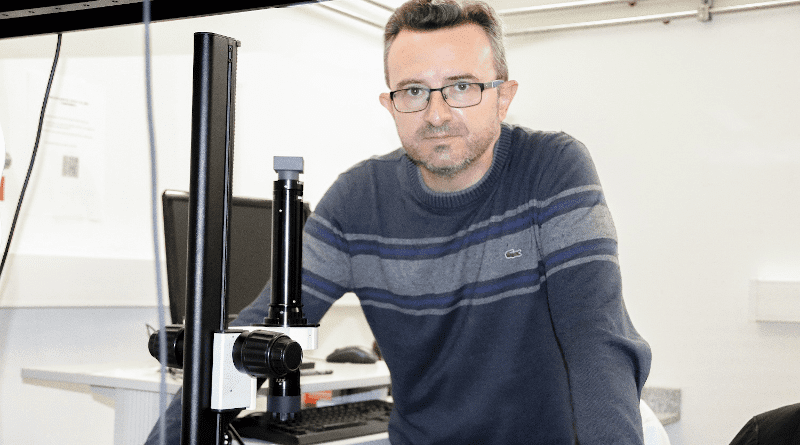Developed A New Photonic Device For Communications Satellites
Microwave oscillators are essential devices for transmitting information at certain frequencies for applications such as radars, wireless networks, radio astronomy and satellite communications. Now, a team from the Nanophotonics Technology Centre (NTC) in the Universitat Politècnica de València (UPV) has managed to develop a new, smaller, lighter oscillator that is easier to integrate into satellites.
It is a photonic oscillator that uses optomechanical cavities that confine light and mechanical vibrations into nanoscale volumes, so that the vibration is converted into a high-quality microwave signal.
“Low weight and the size of components are key factors in satellite communications. Photonic technology makes it possible to overcome this challenge without reducing the operational and transmission capabilities of the equipment. So, according to the tests that we have performed in our laboratories, the oscillator that we have developed has similar performance to the ones currently in use, but with a much smaller weight, size and, most importantly, a lower final cost”, explains Alejandro Martínez Abietar, a researcher from the UPV’s Nanophotonics Technology Centre.
These tests have been the focal point of SIOMO, an international project funded by Horizon Europe, which has confirmed the viability of this technology for satellite communications. DAS Photonics, a Valencian SME, has taken part in the project with the NTC; its activity is focused on the use of photonic technology in sectors such as defence, aviation and space.
“The results obtained in SIOMO take us a step closer to transferring this technology to the market. With improvements in chip packaging and stability, it is highly possible that in the near future optomechanical microwave oscillators will become part of the hardware of communications satellites”, concludes Alejandro Martínez Abietar.

